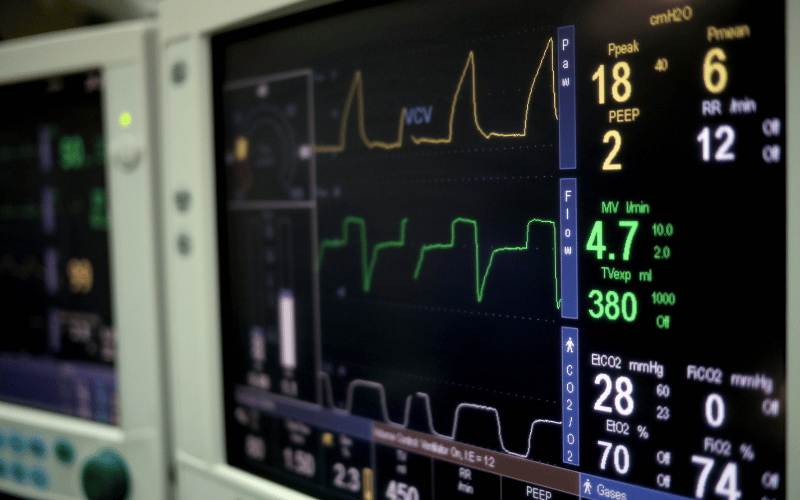Symptom 10: Rapid Heart Rate

Our heart, the rhythmic drummer within, maintains a pace that’s crucial for our survival. Yet, for some with Guillain-Barré Syndrome (GBS), this pace suddenly quickens, often without warning. A rapid heart rate, medically termed tachycardia, can become a concerning symptom, throwing a curveball in the patient’s recovery journey.
How does a neurological condition like GBS influence heart rhythms? The connection lies in the autonomic nervous system (ANS), the body’s background operating system. It regulates vital functions, including heart rate. GBS can influence ANS functioning, leading to various cardiovascular symptoms, rapid heart rate being a primary one.
Tachycardia isn’t just about counting heartbeats. Those experiencing it might feel palpitations, a sensation of the heart racing or fluttering. Some might also experience dizziness, shortness of breath, or even chest pain. These manifestations, especially in the backdrop of GBS, warrant immediate medical attention.
Addressing the underlying GBS is paramount. Concurrently, medications that regulate heart rhythms might be prescribed. Continuous monitoring, using tools like Holter monitors, can provide a clearer picture of the heart’s antics, guiding therapeutic decisions. As the grip of GBS loosens with treatment, many find their heart rhythms stabilizing, beating in sync with the dance of life.
A racing heart is not just a physical symptom; it’s a metaphorical reminder of life’s fragility. The unpredictability of tachycardia, coupled with the challenges of GBS, can evoke anxiety and apprehension. Offering emotional support, educating about the condition, and ensuring a calm environment can be therapeutic, reminding patients that every heartbeat is a testament to their resilience and strength. (10)